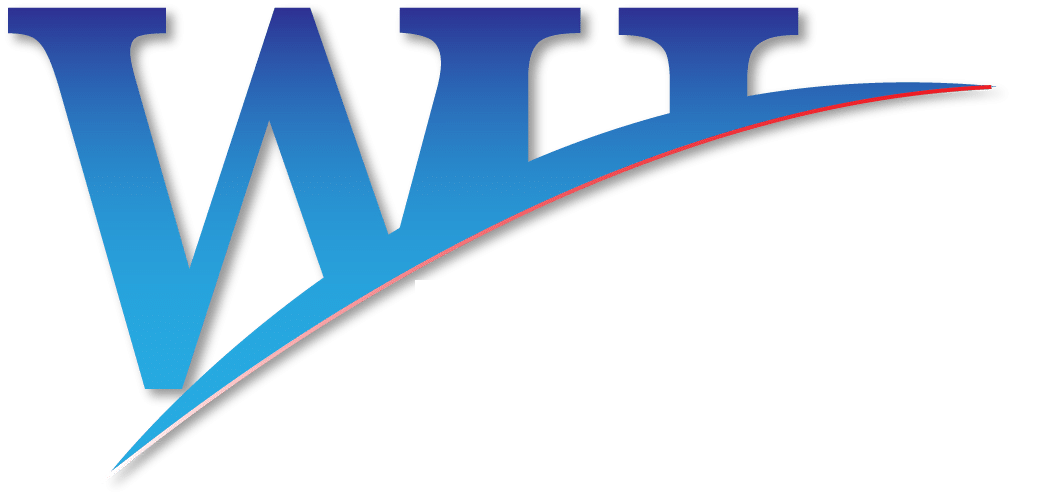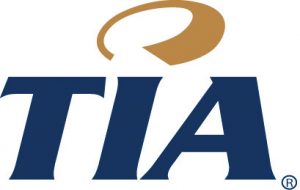What is Gravity Flow Racking?
What is Gravity Flow Racking?
Gravity flow racking is a type of storage system designed to optimize the flow of products within a warehouse. it is commonly used in industries such as manufacturing, logistics and retails due to the need for efficient storage and retrieval of goods.
The key feature of gravity flow racking its ability to use gravity to move products from one end of the rack to the other. This system is particularly suitable for storage items with a FIFO (First-In-First-Out) inventory management strategy, where the oldest products are moved first.
Gravity Flow Racking Operation
The following is how a gravity flow racking system operaters:
- Sloped Shelves: The racks are designed with slightly inclined shelves or rollers. These slops allow products to move from the higher end of the rack to the lower end due to the force of gravity.
- Loading: New products are loaded onto the higher end of the rack. As products are loaded, they are automatically moved down the slope towards the lower end.
- Flow Lane Dividers: Flow lane dividers are often used to separate individual lanes within the rack. These dividers help to organize the products and prevent them from mixing as that move down the slope.
- Product Flow: As products are moved down the slop, they are accessible at the lower end of the rack for picking and packing. This design ensures that the oldest products are at the front of the rack for quick retrieval.
- Continuous Replenishment: Once products are picked from the lower end, the empty spaces are refilled from the higher end of the racking, maintaining a consistent flow and ensuring the system remains properly stocked.
Pros of Gravity Flow Racking
- Space Efficiency: It optimizes vertical space, making use of the entire height of the warehouse.
- Time Savings: It reduces the time required for manual picking, as products are easily accessible at the front of the rack.
- Improved Inventory Management: The FIFO principle ensures that products are used or shipped out in the order that they are received. This reduces the risk of product spoilage or obsolescence.
- Reduced Labor Requirements: Gravity flow racking minimizes the need for forklifts or other equipment for accessing and moving goods.
Limitations of Gravity-Flow Racking
- Product Compatibility: The flow system relies on the weight and dimensions of the products to facilitate movement. Products with varying weights and sizes might lead to uneven flow, which can cause flow of inefficiencies.
- Initial Investment: Implementing gravity flow racking requires an upfront investment in terms of installation and materials . This can be a significant cost for businesses.
- Maintenance and Repairs: Over time, the rollers or wheels that facilitate the flow of products might wear out or get damaged. Maintenance and repairs are necessary to keep the system running smoothly, and this can add to the operational costs.
Conclusion
Overall, gravity flow racking is a solution designed to enhance the efficiency of warehousing and distribution processes by harnessing the power of gravity to optimize product flow and retrieval.
Looking to learn more about transportation? We are always open to answering any questions! Reach out to us today through operations@wood-hall.com or give us a call at 519-213-1000!
-The Team at Wood-Hall Logistics

